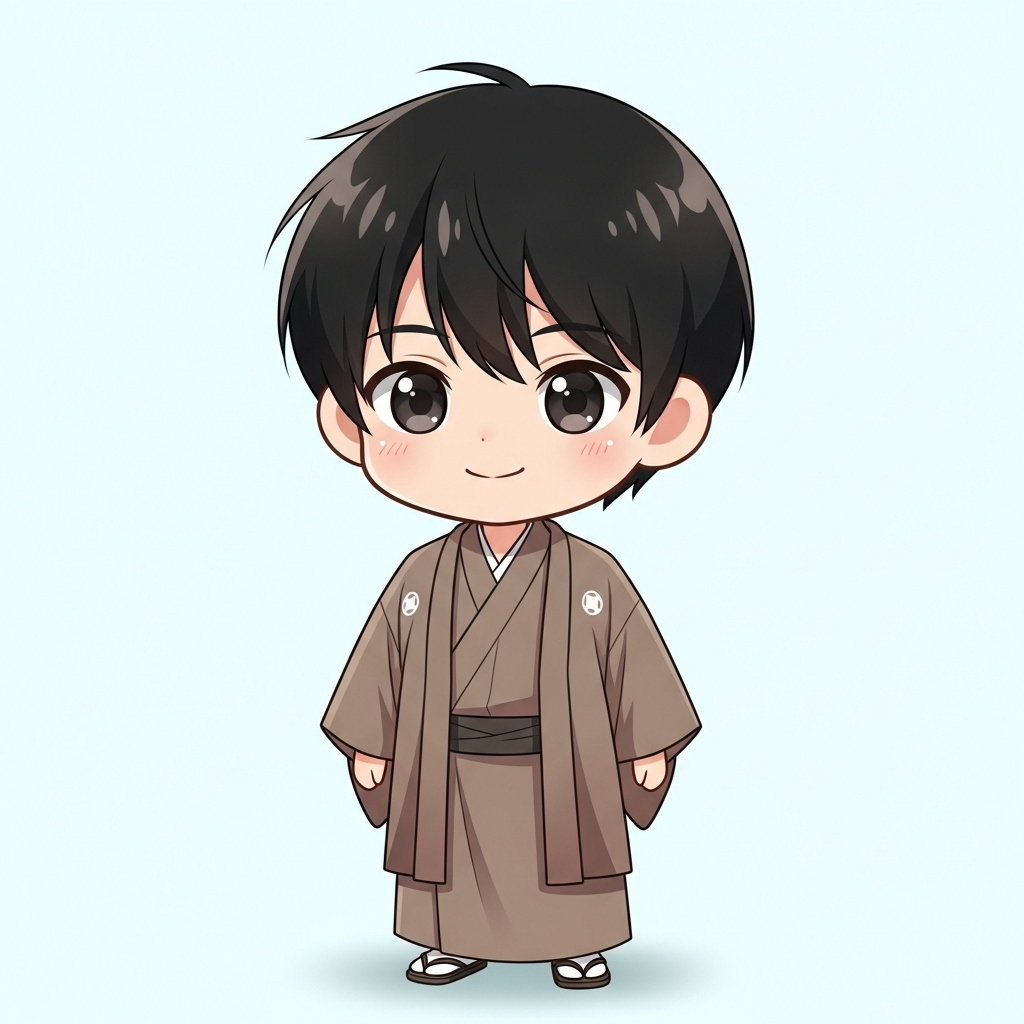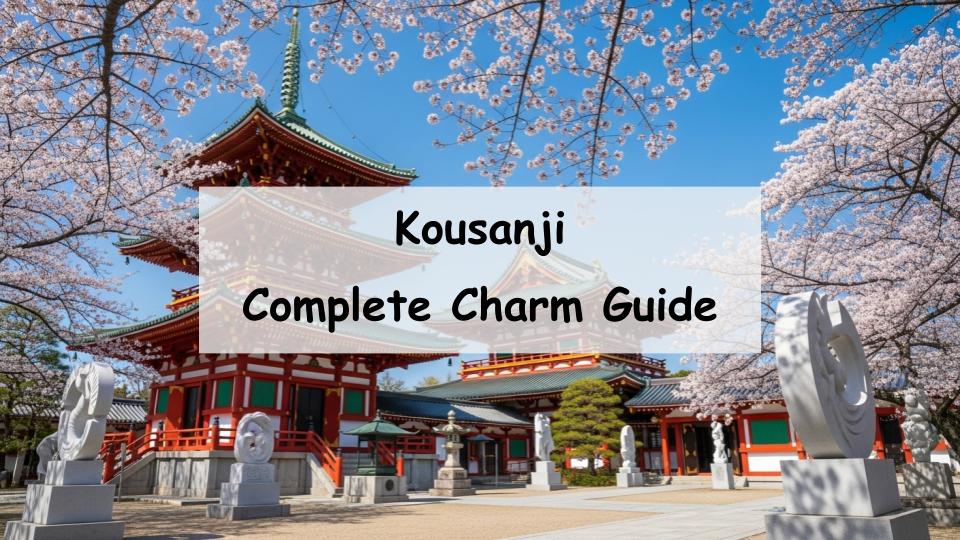Are you wondering, “What kind of temple is Kousanji?” or “I want to know the highlights and how to get there, but the information is scattered and confusing”?
Located on Ikuchijima Island in Hiroshima Prefecture, Kousanji Temple is a stunning sightseeing spot famous for its vibrant temple buildings, luxurious architecture often called the “Nikko of the West,” and a unique fusion with contemporary art.
In this article, we will introduce you to the full charm of Kousanji Temple. From the temple’s history and characteristics to must-see spots, access methods, and nearby attractions, this guide makes it easy for first-time visitors to fully enjoy their visit. After reading, visiting Kousanji Temple will feel much more accessible and rewarding.
- What is Kousanji Temple? Its History and Overview
- Highlights and Attractions of Kousanji Temple
- Experiences You Can Enjoy at Kousanji Temple
- How to Access Kousanji Temple
- Nearby Sightseeing and Gourmet Information
- Conclusion: Experience the Full Charm of Kousanji Temple
- A Message from the Guide
What is Kousanji Temple? Its History and Overview
The Founding Background and Founder of Kousanji Temple
Kousanji Temple was established in the early Showa period by the businessman Kousanji Kousan to honor his mother’s memory. Though relatively new compared to other temples, it boasts a unique world blending classical Buddhist architecture with a modern spirit.
Architectural Style and Why It’s Called the “Nikko of the West”
The temple complex features magnificent buildings modeled after famous temples around Japan. Particularly, the decorations and vivid colors resemble those of Nikko Toshogu Shrine, earning it the nickname “Nikko of the West.” Visitors are captivated by the vermilion gates, intricate carvings, and elaborate roof designs.
Sect and Principal Object of Worship
Kousanji Temple belongs to the Jodo Shinshu Honganji sect, with Amida Buddha as its principal image. It offers a solemn religious atmosphere while also welcoming tourists, creating a balance between spirituality and openness.
Highlights and Attractions of Kousanji Temple
Colorful Temple Buildings and Beautiful Carvings
The temple grounds feature a harmonious layout of brightly colored main hall, three-story pagoda, and mountain gate. Every detail is carefully crafted with intricate sculptures, making it highly praised as a work of architectural art and a popular photo spot.
The Hill of the Future Spirit: A Fusion of Contemporary Art and Temple Grounds
Located within the temple grounds, the Hill of the Future Spirit is a marble art space created by sculptor Kazuto Kugo. The contrast between the white marble sculptures and the blue Seto Inland Sea creates a breathtaking scene, where art and spirituality blend beautifully.
Seasonal Experiences: Cherry Blossoms, Autumn Leaves, and Clear Skies
Spring: The Famous Cherry Blossom Viewing Spot
In spring, cherry blossoms bloom throughout the grounds, wrapping the temple in a festive atmosphere. Especially in front of the main hall, the cherry trees are spectacular, attracting many visitors for hanami.
Autumn: The Contrast of Autumn Leaves and Temple Buildings
In autumn, the temple is adorned with colorful maple leaves, creating a vivid contrast against the vermilion structures. This season is favored by photographers and visitors alike.
Clear Days: The Stunning Scenery of White Marble
On sunny days, the white marble of the Hill of the Future Spirit glows under the sunlight, producing an almost ethereal view as if floating in the sky.
Experiences You Can Enjoy at Kousanji Temple
Calligraphy and Zen Meditation Programs
Kousanji offers hands-on experiences like shakyo (sutra copying) and zazen (seated meditation), which appeal to visitors seeking spiritual healing beyond sightseeing.
Exhibitions and Special Events Blending Art and Culture
Within the temple complex, museums and galleries showcase Buddhist art and contemporary pieces, providing enriching experiences for art lovers.
Types and Popularity of Goshuin (Temple Stamps)
The temple’s goshuin are prized for their beautiful calligraphy and stamps. Many visitors collect them as meaningful souvenirs of their pilgrimage.
How to Access Kousanji Temple
By Train and Bus
The nearest stations are Mihara and Onomichi on the Sanyo Main Line. From there, buses cross to Ikuchijima Island, with Kousanji Temple within walking distance from Setoda Port.
By Car and Parking Information
By car, use the Shimanami Kaido expressway and exit at Ikuchijima North IC. Ample parking is available near the temple, making it convenient for drivers.
Approximate Travel Times from Nearby Areas
It takes about 45 minutes by car from Onomichi and around two hours from Hiroshima City. It fits well into sightseeing itineraries including other destinations.
Nearby Sightseeing and Gourmet Information
Recommended Attractions Around Kousanji Temple
Nearby spots include the Hirayama Ikuo Museum of Art and Setoda Sunset Beach. Cycling around the island is also a popular way to explore the area.
Local Cuisine and Souvenirs of Ikuchijima
Ikuchijima is famous for its lemons. Visitors can enjoy lemon-based sweets and processed products, alongside local cafes and fresh seafood, adding flavor to their trip.
Conclusion: Experience the Full Charm of Kousanji Temple
Advice for First-Time Visitors
Kousanji Temple offers a rare combination of solemn religious atmosphere and tourist-friendly openness. Its appearance changes with the seasons and weather, so allowing enough time for your visit will help you fully appreciate its beauty.
Why Visitors Keep Coming Back
Once you experience the harmony of architecture, nature, and art here, you’ll want to return again and again. Every visit offers new discoveries and a fresh perspective on this remarkable place.
A Message from the Guide

It was a new kind of temple with a unique atmosphere.









Comment